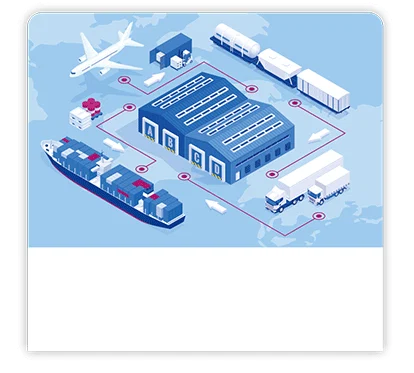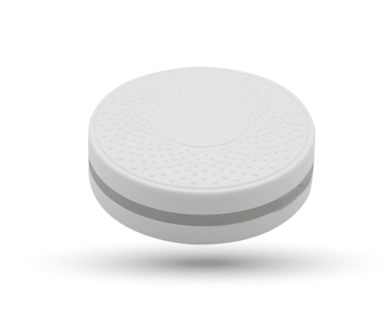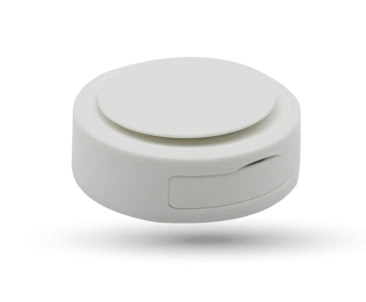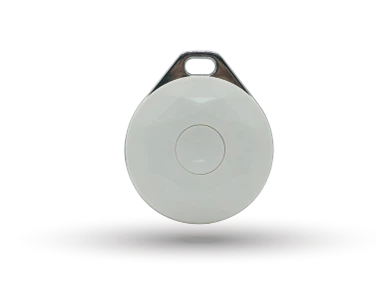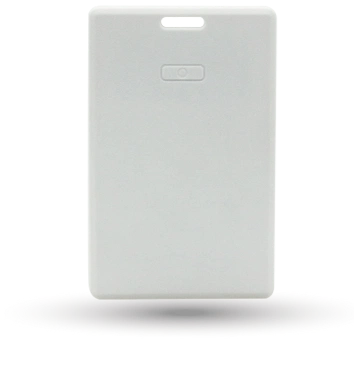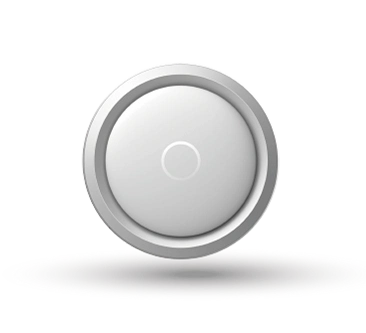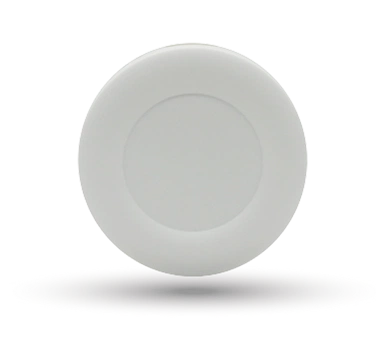BLE5.0 Sensors
Kinds of Bluetooth sensors are integrated into your IoT solution to help you get smarter and better management & monitoring system.

What BLE sensors to choose?
We have developed BLE5.0 3-axis acceleration sensors and temperature & humidity sensors, and are developing door magnet sensors, PIR sensors, light sensors, G-sensors and others to integrate with BLE beacons/tags together.
What is an acceleration sensor and how to use it?
Single accelerometers are usually less useful, but they do have some important purposes like registering shakes, steps, angle of inclination, falling down and so on when it is integrated with a BLE beacon as one kind of motion sensors, and then it will be a very good solution of detecting the object/person’s movement trace when it tilts any.
For acceleration, in real use-cases, with the aim of more accurate detection, you usually may care about the big changes and want to avoid noise, like the gravity, thus a high-pass filter can help isolate the linear acceleration and a low-pass filter can help isolate the gravity. A low-pass filter can thus be useful for measuring a tilt, thus, usually a 3-axis acceleration sensor is preferred to be integrated with a BLE beacon , rather than 6-axis acceleration.
When a 3-axis acceleration sensor is integrated with a BLE beacon, the 3-axis (X/Y/Z) variable values will be broadcast by a special packet and your software thus can translate the angle of inclination.
Notice, as an accelerometer reports acceleration values, you need to get velocity by integration:
v = ∫a×∂t
And again to get position:
x = ∫v×∂t
An integral creates drift, and a double integral amplifies that:
a = g×sin(θ), x = ½×at2
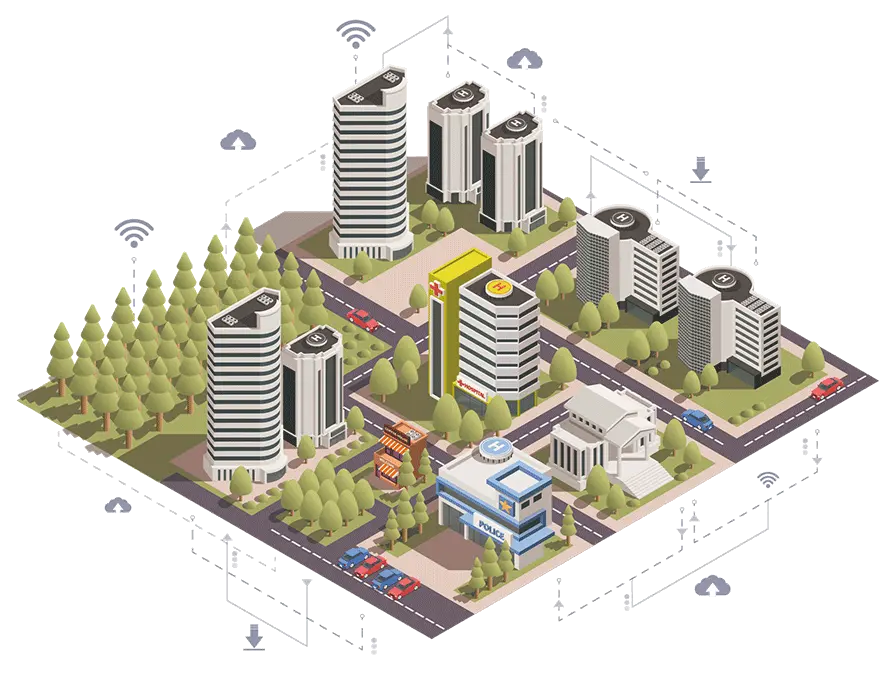
Where the BLE sensors are usually used in an IoT solution?
No matter whether it is an acceleration sensor or door magnet sensor or light sensor or temperature & humidity sensor, the sensors are mostly integrated into a BLE beacon/tag to detect and monitor the object/person or the environment they are in.
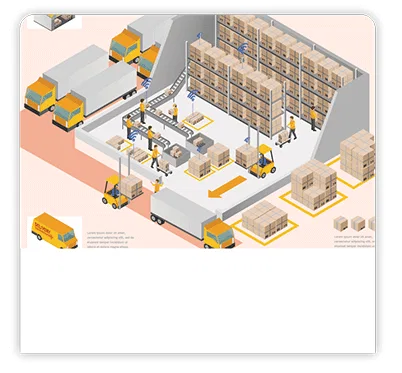
Smart warehouse
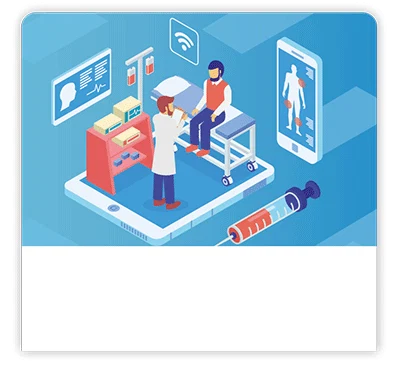
Home/hospital elder healthcare
